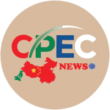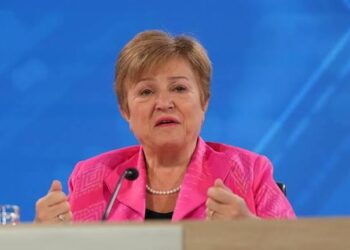China has solidified its position as a leading destination for international education, hosting 492,185 students from 196 countries in the past academic year—a 0.62% increase from the previous year. Among these, Pakistan ranks third globally, with 28,023 students pursuing higher education in Chinese institutions. Official data reveals that approximately 7,034 Pakistani students are currently funded through scholarships, underscoring the deepening academic ties between the two nations.
The surge in Pakistani enrollment is largely attributed to preferential policies introduced under the China-Pakistan Economic Corridor (CPEC), a flagship initiative of Beijing’s Belt and Road Initiative (BRI). Current statistics indicate 6,156 Pakistani doctoral candidates, 3,600 master’s students, 11,100 undergraduates, and 3,000 participants in short-term exchange programs across Chinese universities. Disciplines such as engineering, medicine, computer science, and Chinese language studies remain popular choices.
To further attract global talent, China has expanded scholarship opportunities, particularly for BRI partner nations. The *Silk Road Program* under the Chinese Government Scholarship and a dedicated 2025–26 scholarship scheme for Pakistani students—including those from Azad Jammu & Kashmir (AJK)—highlight these efforts. These initiatives fund undergraduate, graduate, doctoral, and research programs, positioning China as a stable alternative to increasingly restrictive Western education markets.
This shift contrasts sharply with recent U.S. policies impacting international students. Over 500 students, including Pakistanis, have faced abrupt visa cancellations under heightened enforcement measures by the Trump administration, often citing national security concerns. The U.S. Educational Foundation in Pakistan (USEFP) confirmed the termination of the 15-year-old Global Undergraduate Exchange Program (Global UGRAD), which previously facilitated academic and cultural exchanges.
Pakistan’s Foreign Office Spokesperson, Shafqat Ali Khan, emphasized the value of such programs during a weekly briefing: “Student exchanges are pivotal for strengthening bilateral relations, fostering technological collaboration, and nurturing people-to-people bonds.” Meanwhile, affected students in the U.S. face parallel actions—visa revocations by the State Department and “status termination” by Homeland Security—requiring them to depart and reapply for entry.
Nafsa: Association of International Educators noted the lack of clarity in appealing these decisions, while U.S. universities struggle to track affected students due to inconsistent notifications. Institutions like Harvard, Stanford, and Columbia initially saw impacts, but the trend has since widened to include students from lesser-known colleges, often penalized for minor infractions like traffic violations.
The economic repercussions are significant: international students contribute $43.8 billion annually to the U.S. economy and support 375,000 jobs. In response, universities in Europe and Canada, such as Central European University and the University of Toronto, report rising applications from displaced students.
A coalition of 16 U.S. university associations recently demanded transparency from federal agencies after uncoordinated “self-deport” orders left students without recourse to challenge decisions. The group warned of potential administrative errors and stressed the role of international scholars in enriching academic diversity and innovation.
As geopolitical dynamics reshape global education flows, China’s welcoming policies stand in stark relief against growing uncertainty in traditional Western hubs.















